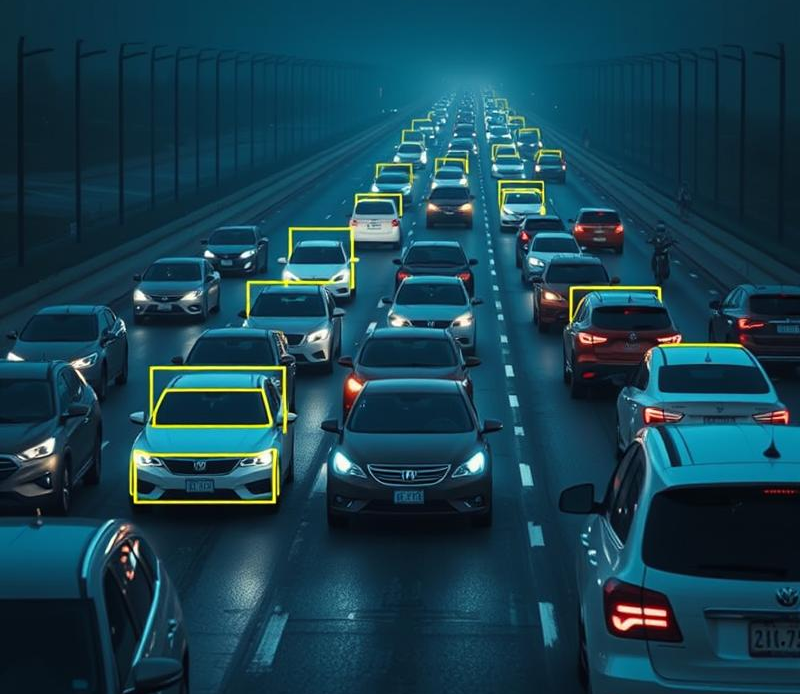
Fueling the future of self-driving cars: Understanding the crucial role of data annotation in training AI for accurate perception and safe navigation.
Explore the methods and significance of preparing training data for autonomous vehicles, paving the way for a future of intelligent mobility.
Introduction:
Imagine a car that sees, understands, and reacts to the world just like we do. That’s the promise of autonomous vehicles, and it all hinges on something called annotation. It’s the invisible force teaching these vehicles how to navigate our streets safely. Without accurate annotations, self-driving cars wouldn’t be able to tell a stop sign from a pedestrian. Let’s explore how this behind-the-scenes process is making driverless cars a reality.
What is Annotation in Autonomous Vehicles?
At its core, annotation in autonomous vehicles is the process of adding tags or labels to data, such as images, videos, or LiDAR point clouds, to make it understandable for machines. Imagine teaching a computer to recognize a stop sign. You wouldn’t just show it a picture; you’d have to tell it, “This is a stop sign.” That’s essentially what annotation does – it provides context and meaning to the raw data that autonomous vehicles collect through their sensors.
This labeled data then becomes the training material for the vehicle’s AI algorithms. By analyzing thousands, even millions, of annotated images, the AI learns to identify objects, understand road conditions, and make informed decisions, much like a human driver would.
Importance of Accurate Annotations for Safe Driving:
Accurate annotations are the bedrock of safe autonomous driving. Just as a driver relies on clear road signs and signals, an autonomous vehicle depends on precise annotations to interpret its surroundings correctly.
Consider this: an autonomous vehicle approaching a pedestrian crossing. If the training data misidentified the pedestrian or the crosswalk, the vehicle might fail to stop in time, leading to a potential accident. This highlights the critical importance of high-quality, accurate annotations in ensuring the safety and reliability of self-driving systems.
Types of Annotation in Autonomous Vehicles
Annotation in autonomous vehicles encompasses a variety of tasks, each crucial for different aspects of driving. Here are a few key types:
- Object and vehicle detection: This involves identifying and labeling other vehicles, pedestrians, cyclists, and obstacles on the road. Accurate object detection is paramount for collision avoidance and safe navigation.
- Environmental perception: This goes beyond individual objects to provide a holistic understanding of the environment. Annotations might include labeling road surfaces, sidewalks, buildings, trees, and other contextual elements, enabling the vehicle to make informed decisions based on its surroundings.
- Lane detection: Autonomous vehicles need to stay within their designated lanes. Annotation plays a vital role by identifying and marking lane divisions, ensuring the vehicle adheres to traffic rules and maintains a safe trajectory. You can learn more about the different types of data annotation used in autonomous driving from this article.
Conclusion:
So, we’ve explored the intricate world of annotations in autonomous vehicles. It’s amazing how these digital markers are shaping the future of driving, making it safer for everyone. As AI in vehicles keeps learning, accurate annotations will be key. Let’s appreciate the meticulous work that goes into teaching machines to see and understand our roads, paving the way for a future where self-driving cars are the norm.


